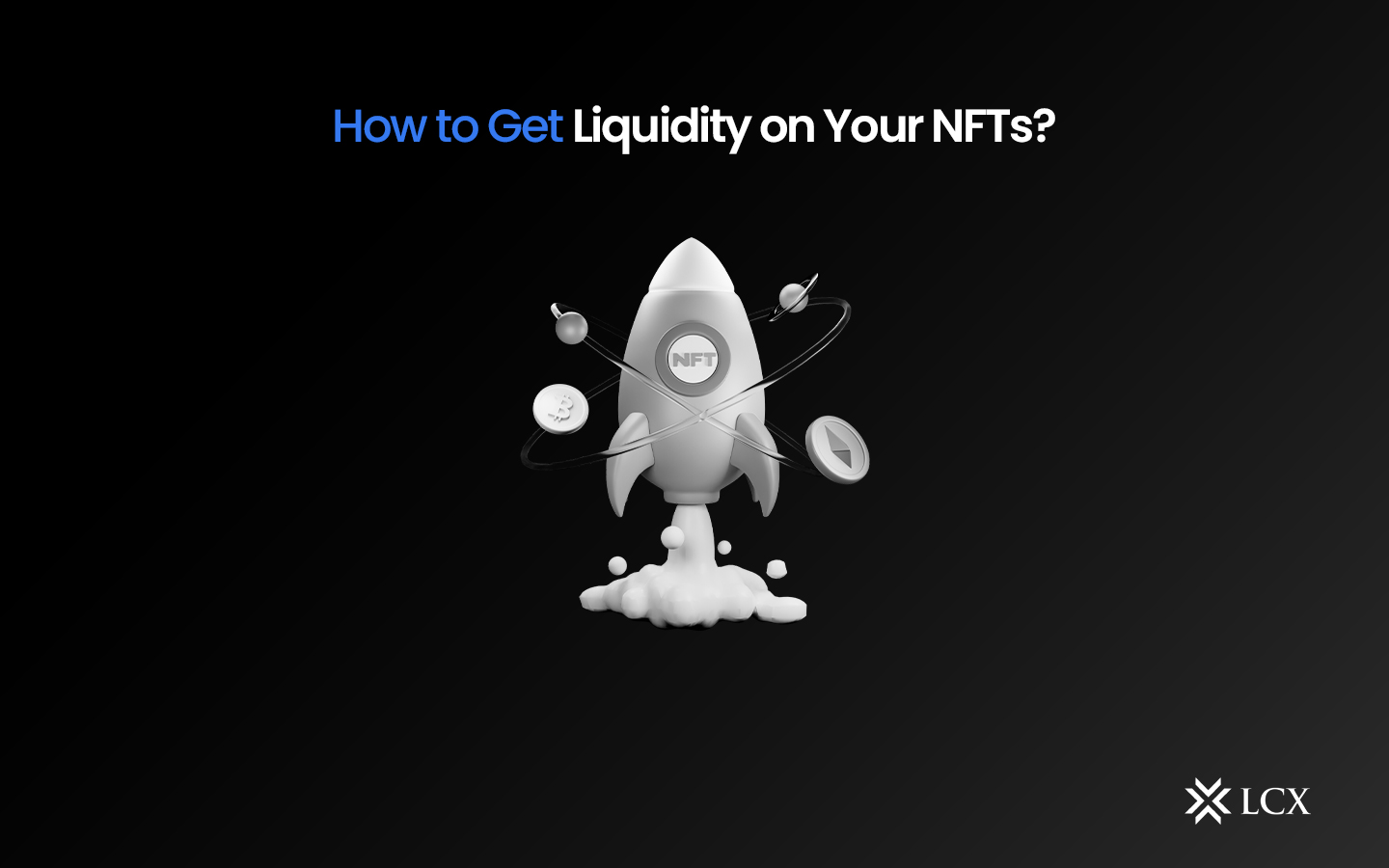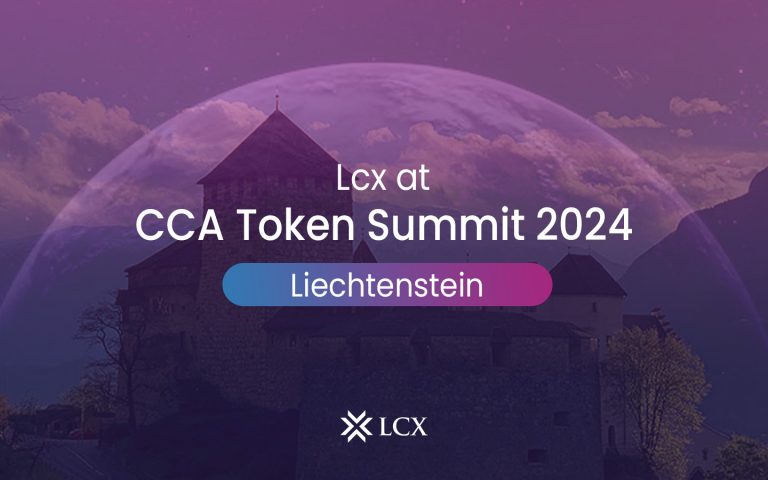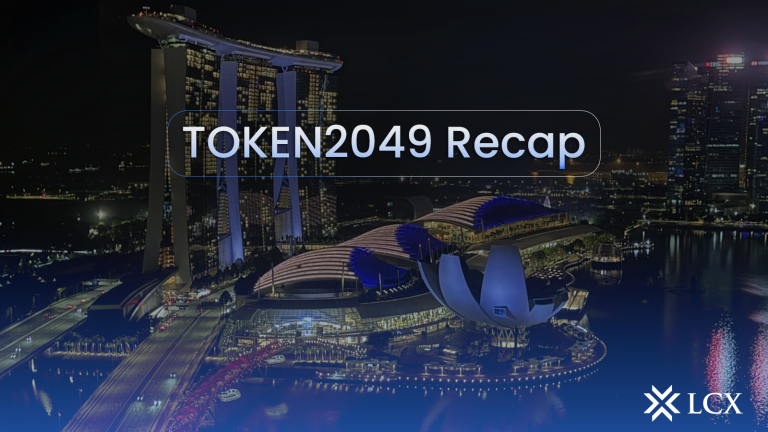Parallel to various digital currencies, the price of a single NFT can fluctuate based on factors such as its scarcity and utility, and astute traders frequently monitor market fluctuations in order to make profitable sales. In contrast to the cryptocurrency market, it may not always be possible to sell non-fungible tokens promptly. Rather, it may be required to wait as long as a prospective buyer acknowledges the predetermined purchase price or makes an acceptable offer before selling the digital collectible. There is no assurance that someone will purchase these digital assets from the NFT market, and there is a restricted market for individuals who can afford expensive NFT collections. There are a number of techniques that can help liquidate the NFTs without selling them.
What is liquidity?
The term liquidity is frequently heard in the world of security markets. It indicates the ease with which a business may transform its assets into revenue. A crucial element in determining a company’s worth. Important because it enables buyers to make an investment in a company with the knowledge that they are able to turn their shares into cash.
If a company is illiquid, investors become wary, it becomes difficult to raise capital, and it ceases to thrive. Therefore, it refers to the ease with which a security or asset can be purchased or sold on the stock market without impacting the price of the asset.
Liquidity of NFTs
Identical to company shares, NFTs are blockchain assets in the form of unique tokens. NFTs represent the online identity of a product that its creators elect to place on the blockchain. Their transactional element is the token. Consequently, as buyers or investors, those who purchase NFTs differ from conventional customers in the following ways: instead of purchasing a share representing a percentage of ownership in a company that is off-chain, they purchase a token representing a percentage of ownership in a product, artwork, game, or piece of music that is on-chain.
To accelerate the accumulation of income and establish cultural confidentiality, there must be a high volume of trading on a centralized market where each customer can purchase any NFT with a standard currency.
The principal trading market for all NFTs is the blockchain network on which they are created. Within this blockchain network, these NFTs are traded using the platform’s native currency (coin). The liquidity of a non-fiat currency is the accessibility with which it can be purchased or sold on the network for fiat currency.
Network liquidity is dependent on network size, the number of transactions, and the inherent liquidity of the system. This is an important consideration when assessing the price of non-exchange-traded funds, as the price stability of non-exchange-traded funds (or any asset) improves as the liquidity of NFTs increases. Now, if an NFT is restricted to a single blockchain, there can be only a certain number of transactions, which theoretically works against increasing the NFT’s price or enhancing its price stability.
Techniques for introducing liquidity to NFTs using financial assets:
- Promote monetary incentives for the purchase and sale of NFTs, such as discounts or bonuses for NFT purchases or referral programs that recompense users for introducing new buyers to the market.
- Options for financing NFT purchases may include installment payments or loans to assist consumers in affording NFT purchases.
- This may include online marketing, influencer collaborations, and specific advertisements to attract new consumers to the market.
- Establish alliances with other companies or platforms to extend the reach of NFTs. This may involve integrating NFTs into existing games or platforms, or partnering with other companies to market NFTs to their target audience.
- Provide services for the liquidity of NFTs, including exchange listings, BNPL (buy now, pay later), collateral, and secondary markets: This can help produce additional possibilities for purchasing and selling NFTs, thereby increasing the tokens’ liquidity and demand.
How to Gain Liquidity From NFTs
Here are three possible approaches:
Placing It Into An NFT Vault
One method for obtaining liquidity from NFTs is by placing them in a specialized vault. There is NFTx, for example. This is an infrastructure that produces vault tokens secured by non-fungible tokens. Sounds too difficult? It isn’t. Here is how it operates.
Fractionalize It
Using a process called fractionalization, the NFT can be converted into multiple tokens. It entails slicing up the NFT and selling each fragment as a token. A fractional NFT may be associated with either a singular NFT or a collection. To fractionalize a non-fungible token, it must be stored in a digital vault via a service. The creation and distribution of fungible tokens that reflect ownership of the base asset.
This method has the advantage of allowing each token to be sold at a varied price according to the market. In addition, they are not selling the whole NFT, so it still possesses a portion of it.
Rent It
If one does not wish to sell their NFT, one can rent it. Without selling it, lending out their NFT is a smart way to earn extra cash.
How can this be accomplished? This is possible on some platforms, such as reNFT, which enables proprietors to rent their NFTs for a particular amount of time. The person renting the property then pays the proprietor in cryptocurrency or fiat currency.
Conclusion
As a form of crypto asset, NFTs require market-making in order to have adequate liquidity and increased trading volume. NFT market players want a new trading protocol that offers a more transparent trading environment with reduced fees and is compatible with market-making strategies. Consequently, we can anticipate a more effective NFT market in the near future. There is considerable interest in NFTs and their capacity to revolutionize numerous industries, such as the art, gaming, and collectibles sectors. As the market continues to expand, the liquidity of NFTs is likely to increase as well.










